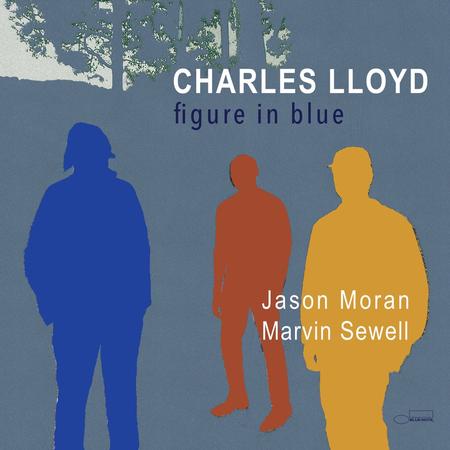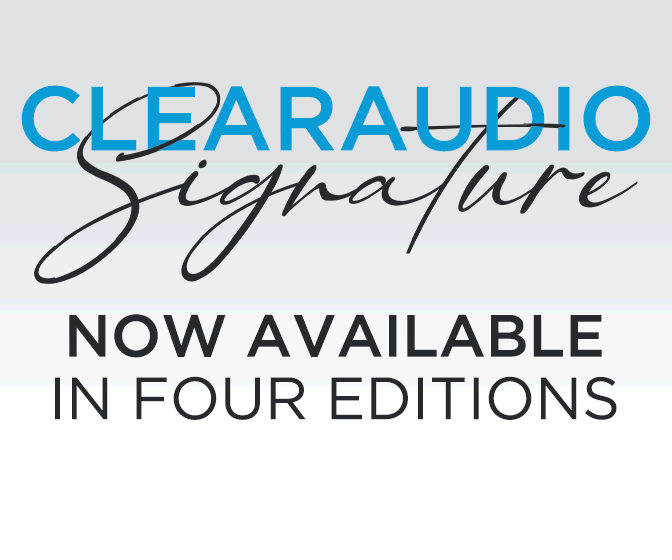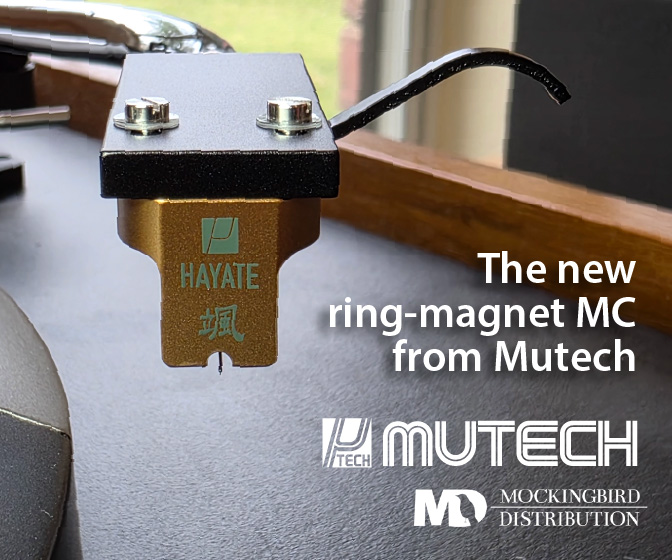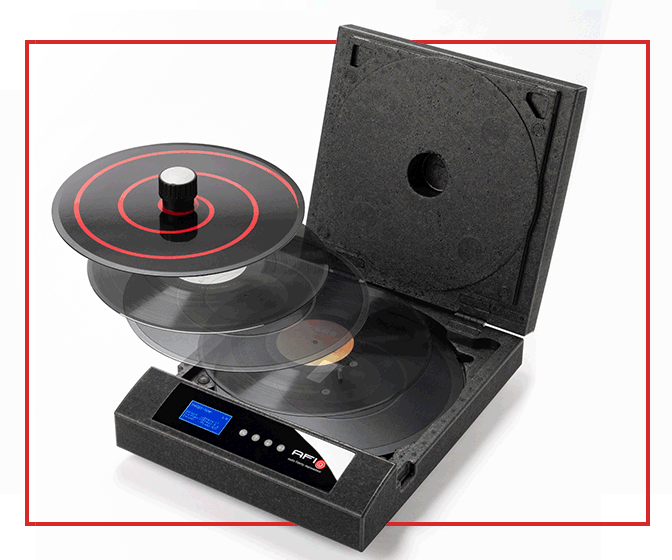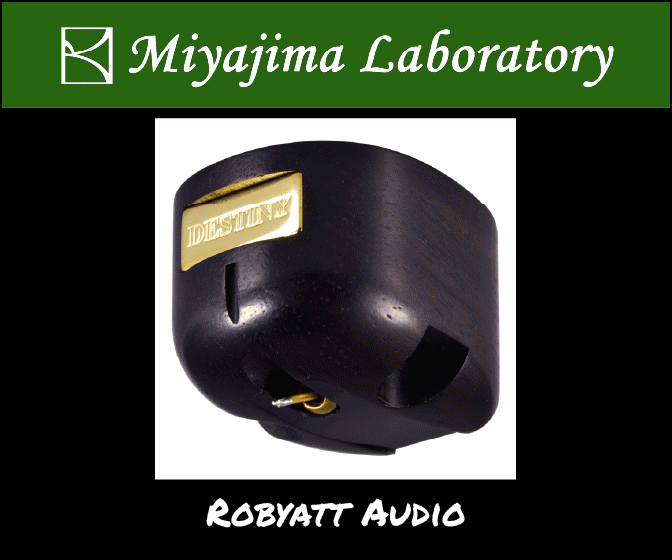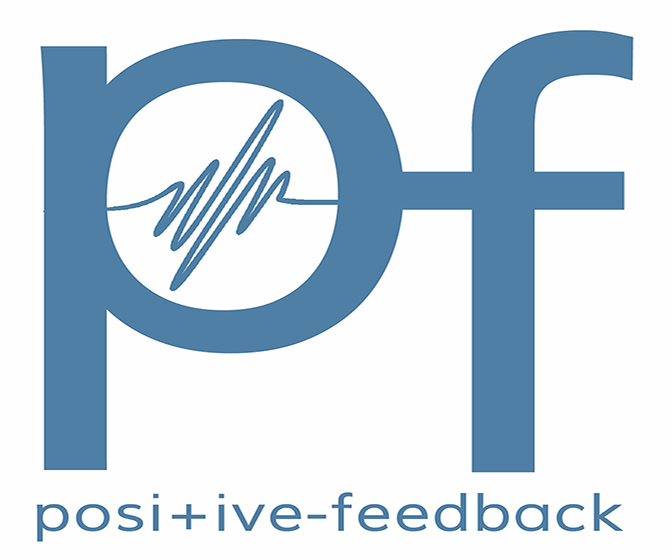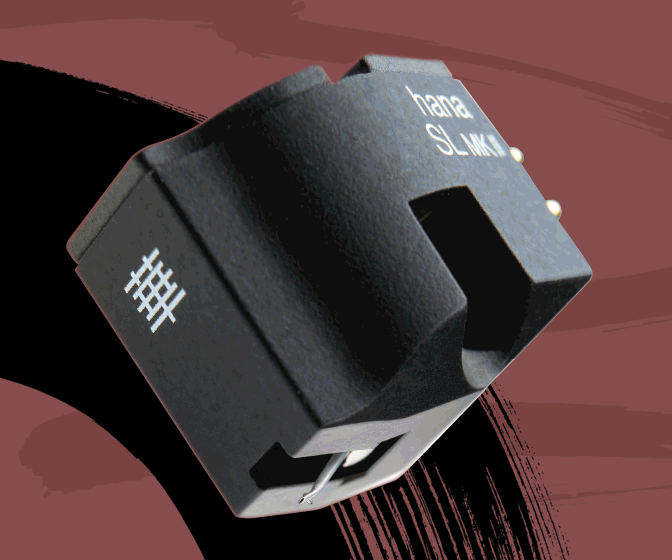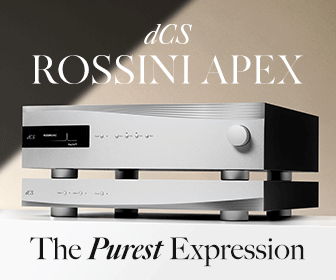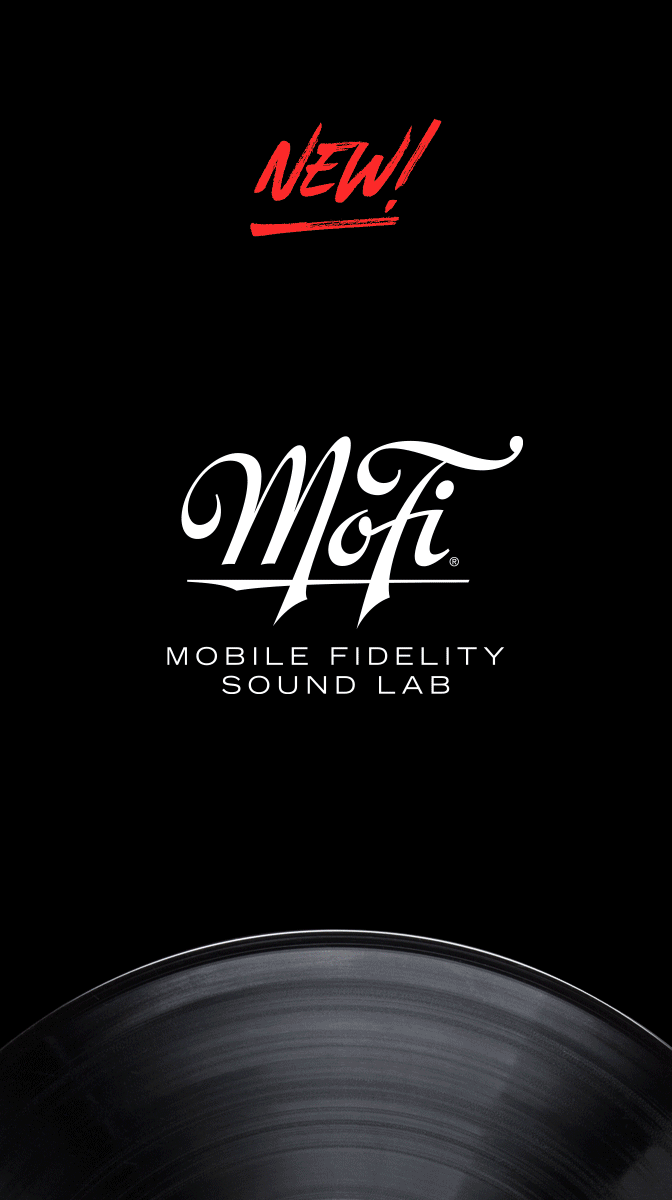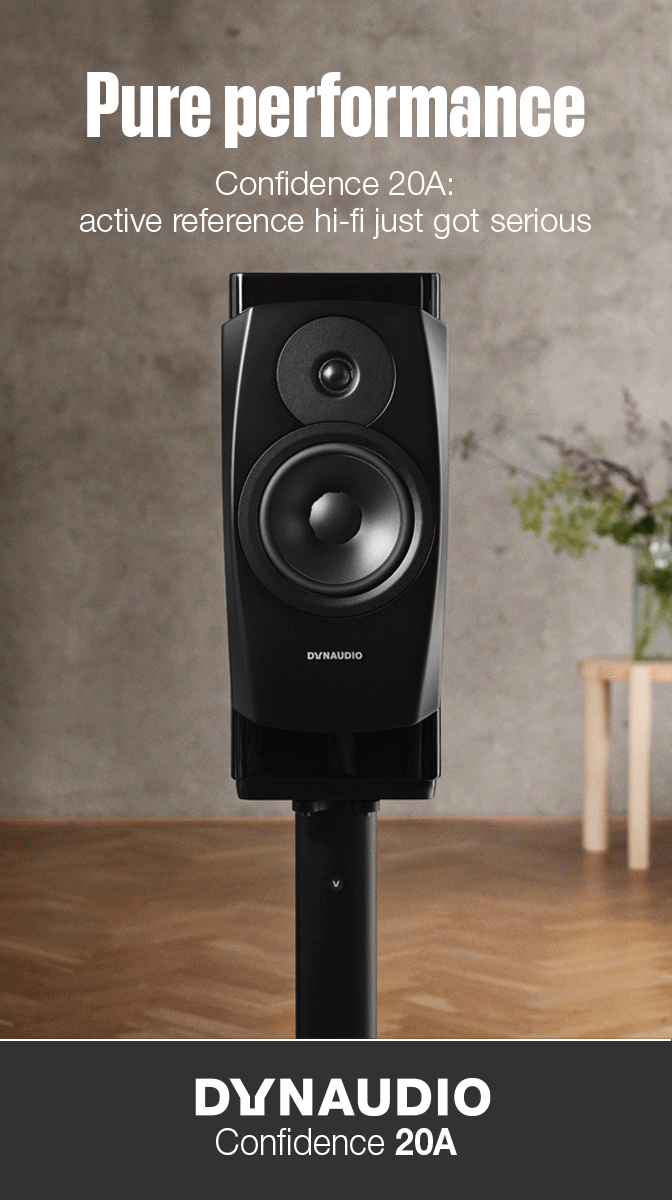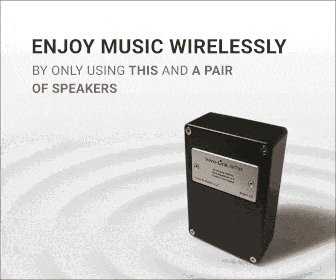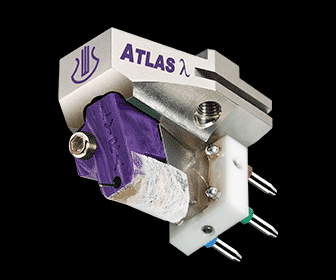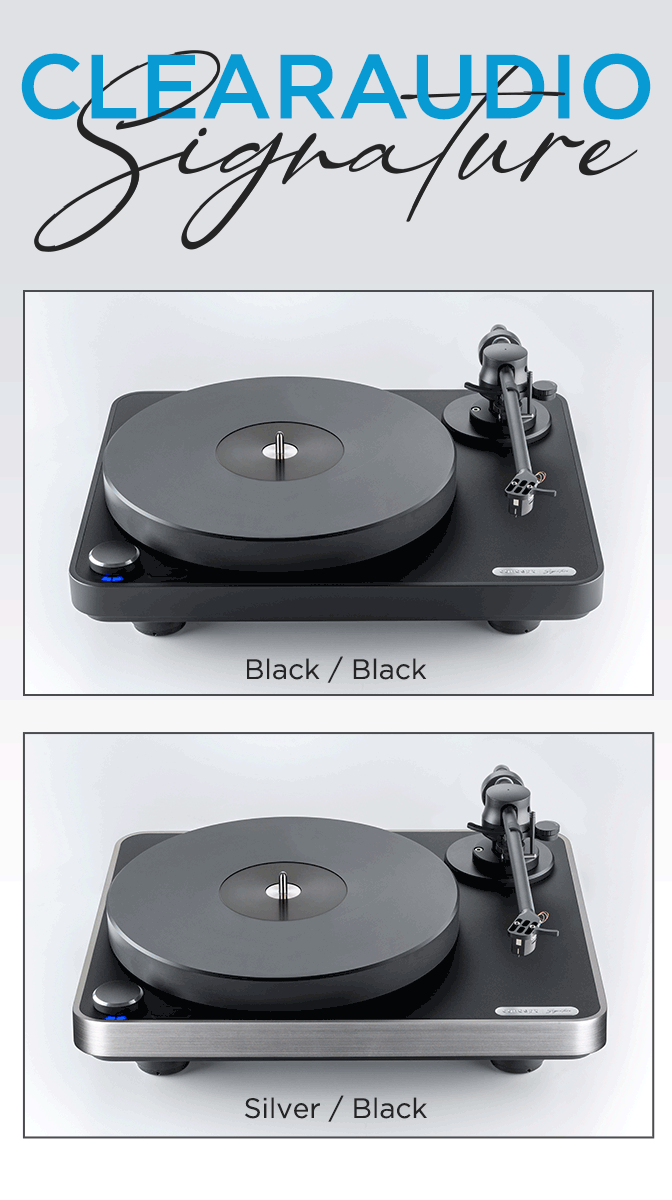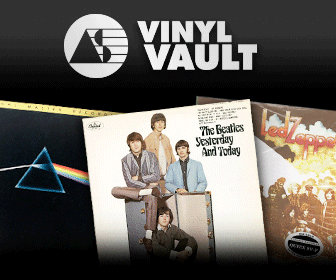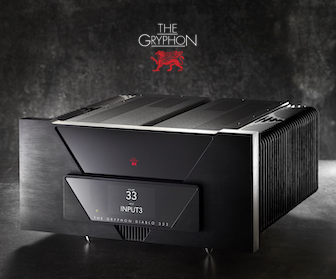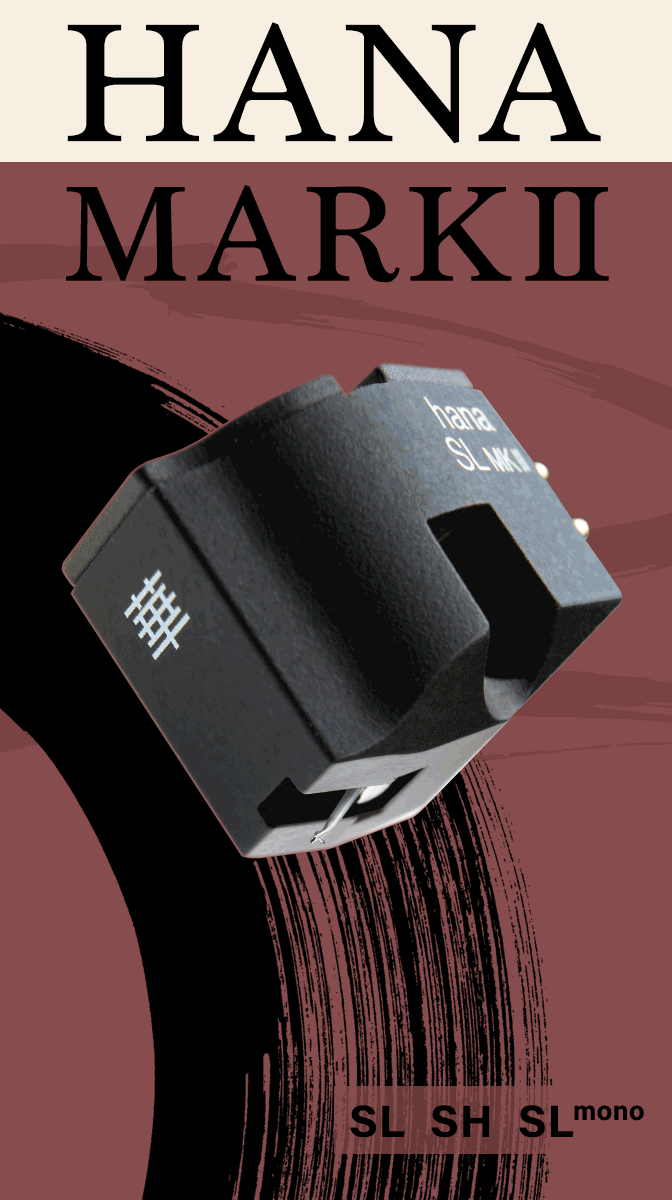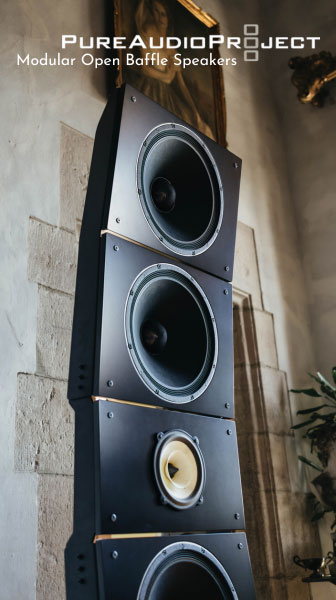Charles Lloyd's Adventurous Reminiscence
The master saxophonist still has It at age 87
Every album by tenor saxophonist Charles Lloyd these past few years is a voyage of sorts, his latest, Figure in Blue, more than most, and not just because he turned 87 while recording it this past March, though every birthday at that point is a milestone, and every creative endeavor is both a reminiscence and an ambitious plunge into the now.
This double-LP—98 minutes of starkly revealing music, Lloyd blowing front and center, backed only by Jason Moran on piano and Marvin Sewell on guitar—is, in this sense, the most reflective of his 12 albums on the Blue Note label. It starts off with the trad gospel piece “Abide with Me” (perhaps as a nod to Monk, who tacked it as an odd first track on Monk’s Music), then explores eight originals—some of them tributes to hallowed influences (the title tune in memory of Duke Ellington, “The Ghost of Lady Day” dedicated to Billie Holiday, “Blues for Langston” to Langston Hughes), others pieces that Lloyd played on earlier albums (notably the lovely “Song My Lady Sings,” first featured on his 1965 Of Course, Of Course, with Ron Carter and Tony Williams as they were just starting with Miles Davis’ great quintet),--before gliding into the final side with two little-known Ellington pieces (“Heaven” and “Black Butterfly”), and finishing with a slow, stirring cover of Bernstein’s “Somewhere.”
Lloyd isn’t the oldest jazz saxophonist still alive and active (Archie Shepp is 88, Marshall Allen is 101), but he is the oldest who can still blow a steady, gorgeous whole note and navigate arpeggios with a fluttering grace. There is fearless beauty in this music laced in a soulful blues that shields it from sentimentality.
Like most voyages of this duration, and like several of Lloyd’s albums (as I’ve noted in reviews of them on this site), not every step is surefooted. Lloyd occasionally tears into Coltrane-ish sheets of sound, but they’re too shredded to excite. On a couple of songs, Sewell breaks into cacophonous blues, and Lloyd follows, but it doesn’t cohere, it seems out of place. Finally, at least to my taste, a sax-piano-guitar trio can get a bit soft-edged at such long exposure; I sometimes found myself yearning for a bass walk or a drum thwack; the fact that I did so only sometimes is a testament to these musicians’ artistry and energy.
Dom Camardella helmed the session, as he has on Lloyd’s last several albums, miking the sax with a Neumann U-47 and a MicroTech Gefell M7, the guitar with a Royer 121 and Shure SM-57, and the piano with a pair of AKG/Norelco C-12As and a pair of ‘Royer 122s. Sewell’s guitar was hooked up to a modified Fender Deluxe Reverb amp. A Hamburg Steinway piano was brought in to the studio at Moran’s request. The three musicians played in separate rooms with headphones—Moran in the main space, Lloyd and Sewell in isolation booths—but they maintained constant eye contact.
The sax and the guitar are vivid and dynamic: in the room. But Moran’s piano is often buried in the mix, and I’m not sure why. (It has sounded very clear and full on the other Lloyd albums featuring Moran, whether live or studio.) Here, though, the Hamburg’s distinctively warm, rich tone doesn’t come across, and that’s the one sonic shortcoming.
Otherwise, this is an album worth celebrating, like the artists who adorn it.



